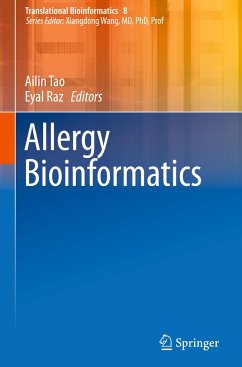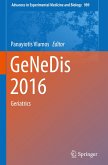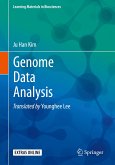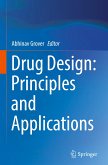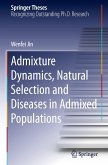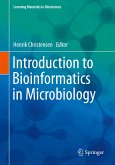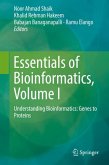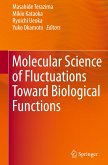The book introduces the bioinformatics resources and tools available for the study of allergenicity. Allergy symptoms affect more than 25% of the population in industrialized countries. At the same time, biotechnology is a rapidly developing field, which often involves the introduction of potentially allergenic novel proteins into drugs or foods. It is essential to avoid transferring a gene that encodes a major allergenic protein (from any source) into a drug/food crop that did not previously contain that protein. Accurately distinguishing candidate genes from allergens before transferring them into a drug or food would aid preventive efforts to curb the rising incidence of allergies. Several public databases have been created in response to increasing allergen data. The resources provided by these databases have paved the way for the creation of specialized bioinformatics tools that allow allergenicity to be predicted. The book is a useful resource for biologists and biomedical informatics scientists, as well as clinicians. Dr. Ailin Tao is the chief of Guangdong Province Key Laboratory of Allergy & Clinical Immunology, Principal Investigator of the State Key Laboratory of Respiratory Disease, the Second Affiliated Hospital of Guangzhou Medical University; Dr. Prof. Eyal Raz is a Professor of Medicine at University of California, San Diego, La Jolla, California, USA. They collaborate very well on allergy research and this book editi
ng.
ng.
"A comprehensive overview of the molecular basis of allergic diseases, its molecular basis, and how bioinformatics tools can help improve our understanding. This first edition will guide immunologists and professionals dedicated to allergic diseases as they enter this field. This book facilitates a thorough understanding of how bioinformatics tools impact advances in allergic diseases research. It presents an overview of basic aspects and to understand the use of several computational tools." (Marlon Múnera, World Allergy Organization, WAO Medical Book Reviews, worldallergy.org, September, 2016)

